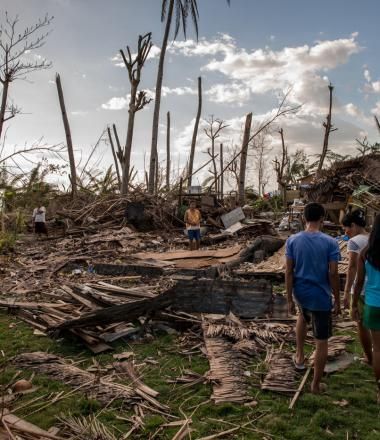
Our Work
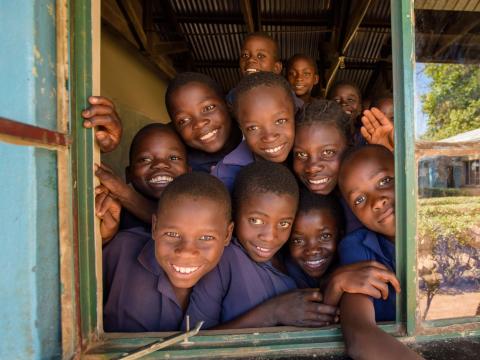
Protection & Education
Humanitarian emergencies have devastating effects on children and we know they are the most vulnerable. Whether during the
We design and deliver our efforts so as children can have a safe place to be & play, be reunited with their families, eat and have shelter, meet friends and go to school and understand what their
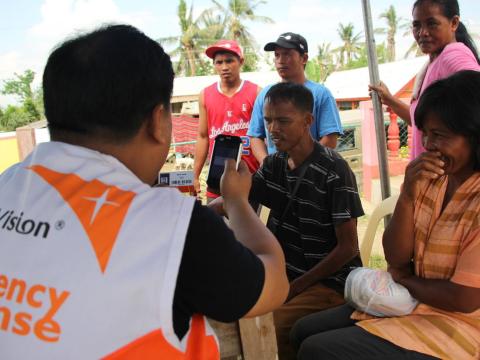
Technology & Innovation
In a time of crisis, people want to know where their loved ones are and that they are safe and they want access to aid as
Our continued growth in using digital services enable us to deliver aid faster, cheaper, and better to some of the most vulnerable people on earth. But we don't just keep digital to ourselves, we work
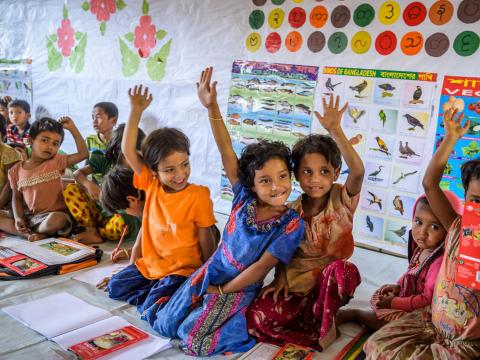
Health & Hunger
For many children who fall victim to severe malnutrition at various stages of conflict crisis, it isn’t directly the conflict
3.2 million people are currently food insecure in the provinces of Kasai, and at least 400,000 children under five are suffering from severe acute malnutrition. Families have spent three growing
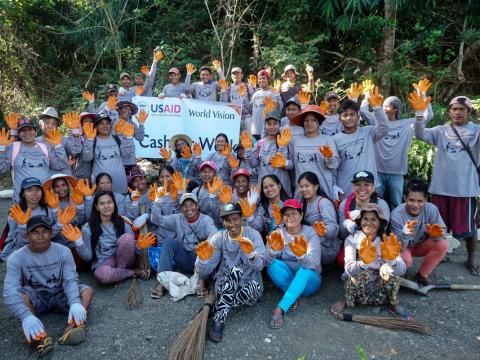
Revolutionising Cash
The humanitarian landscape has dramatically shifted over the last years such that multi-purpose cash and voucher programming
So increasingly we give cash rather than goods or food because this lets children and families buy what they need, allowing them more dignity and greater resilience. In 2018 Cash and voucher enabled
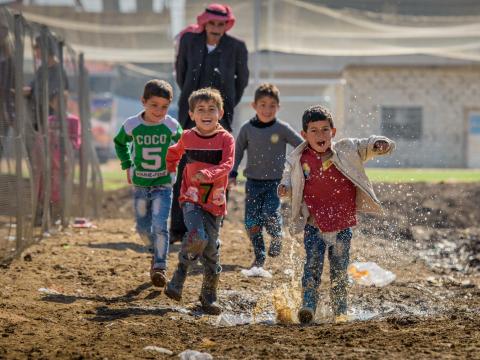
Advocacy in Conflict
More than 28 million children have been driven from their homes by violence and conflict. We want children and youth to know
Our global campaign aims to end violence against children. To achieve this bold and ambitious goal, we need to be innovative and focus on the most vulnerable children. This includes initiatives such
Faith in Emergencies
Working with faith leaders before, during or after an emergency whatever the nature or making means a wider, deeper reach and
In Sierra Leone in 2014, through Channels of Hope for Ebola, Faith leaders became powerful messengers, agents of change and united to combat Ebola showing a united front as they share information and